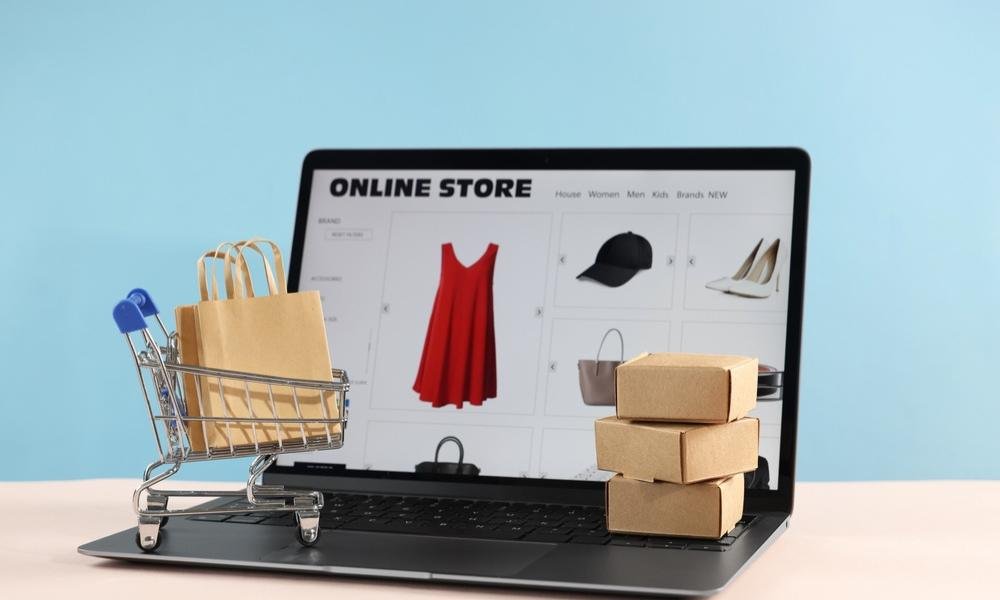As someone who’s spent years helping businesses thrive online, I know firsthand how important it is to design a platform that both attracts and retains buyers. Success in e-commerce isn’t just about appearances—it’s about creating a smooth features, reliable experience that keeps people coming back.
In this guide, I’ll walk you through the key elements every online store should have to deliver value, instill confidence, and boost sales.
What You’ll Learn
- The must-have features for an engaging and user-friendly shopping experience.
- How to create an online platform that builds confidence.
- Proven tips for enhancing performance and visibility.
Let’s jump in the features!
Easy-to-Use Design: Keep It Simple

An online store should be easy to navigate. If visitors can’t find what they’re looking for quickly, they’ll head elsewhere.
- Intuitive Navigation: Use menus, search tools, and organized categories to help people find products easily.
- Responsive Layout: Ensure your platform works on all devices, especially smartphones, since so many people shop on mobile these days.
- Clean Visuals: Clutter confuses users. Keep your design streamlined and professional.
For beginners, this guide to starting an online business is a great resource.
Fast Loading Time: Don’t Make Them Wait
Nobody likes waiting for a website to load—especially shoppers. A slow platform not only frustrates users but also hurts your chances of ranking well in search engines.
- Compress images to reduce file size without losing quality.
- Use tools like Google PageSpeed Insights to identify and fix performance issues.
- Consider a content delivery network (CDN) to improve load times for users across different locations.
Compelling Product Pages: Sell More Than Just Products
Your product pages should do more than list prices—they should inspire confidence in your items.
- Great Visuals: Use high-resolution images or videos that let buyers see products in detail.
- Descriptive Texts: Be clear and concise. Include details like dimensions, materials, and care instructions.
- Social Proof: Include reviews and ratings to show real-world satisfaction with your products.
Smooth Checkout Process: Make It Effortless
A complicated checkout is one of the main reasons people abandon their carts. Keep it simple.
- Guest Checkout: Let people buy without creating an account.
- Clear Costs: Show shipping fees and taxes upfront—no surprises at the last step.
- Flexible Payment Options: Offer multiple ways to pay, including cards, digital wallets, and even “buy now, pay later” options.
Learn how to integrate payments seamlessly with this helpful guide.
Building Confidence: Show You’re Reliable
Trust is essential for any online business. If people don’t feel secure, they won’t shop with you.
- Secure Platform: Make sure your site uses HTTPS for secure browsing.
- Transparent Policies: Clearly outline your return, refund, and shipping policies.
- Contact Options: Offer multiple ways for users to reach you, like live chat or an email form.
For more on establishing trust, check out these secure site practices.
SEO Essentials: Help Them Find You

A fantastic store means nothing if no one knows it exists. Search engine optimization (SEO) is vital to getting noticed.
- Write unique meta descriptions for each page to improve your rankings.
- Add alt text to your images so they’re easier for search engines to understand.
- Use a fast-loading platform, as speed is a ranking factor for Google.
Want to learn more? This SEO guide offers practical strategies for driving traffic.
Personalization Features: Connect With Your Buyers
Shoppers love when a store feels tailored to them. Personal touches can make a big difference.
- Recommendations: Suggest related products based on browsing or purchase history.
- Custom Offers: Send special discounts or promotions to returning buyers.
- Cart Reminders: Use email to nudge customers who left items behind.
Data-Driven Insights: Learn and Adapt
To keep improving, you need to understand how visitors interact with your platform.
- Track Behavior: Use tools like Google Analytics to see where people spend time or drop off.
- Heatmaps: Platforms like Hotjar let you see exactly where users are clicking (or not).
- Test Changes: Try different layouts or buttons and track which ones perform better.
For beginners, this guide to analytics is a helpful resource.
Content That Adds Value: Go Beyond Selling
A great online store is more than a product catalog—it’s a resource for buyers.
- Blogging: Share how-to guides, industry trends, or shopping tips to keep your audience engaged.
- Video Content: Tutorials, product demos, or behind-the-scenes videos are highly engaging.
- FAQs: Answer common questions to save time and help customers feel more confident.
Trust Signals: Show You’re Worth It
First impressions matter, and trust plays a huge role in whether someone decides to buy from you.
- Customer Reviews: Highlight testimonials and ratings from real buyers.
- Secure Payment Badges: Show trusted payment logos like PayPal or Visa to reassure buyers.
- Certifications: If you’ve won awards or hold industry certifications, display them proudly.
Building a successful online
store isn’t about cramming in every feature imaginable. It’s about prioritizing what matters most to your buyers: simplicity, speed, reliability, and trust. By focusing on these core elements, you’ll create a shopping experience that keeps people coming back.
Take some time to review your platform. Are any of these features missing? Start implementing them today to watch your store’s performance improve.
And if you’re wondering which platform is best for your needs, this guide is a great place to start.



